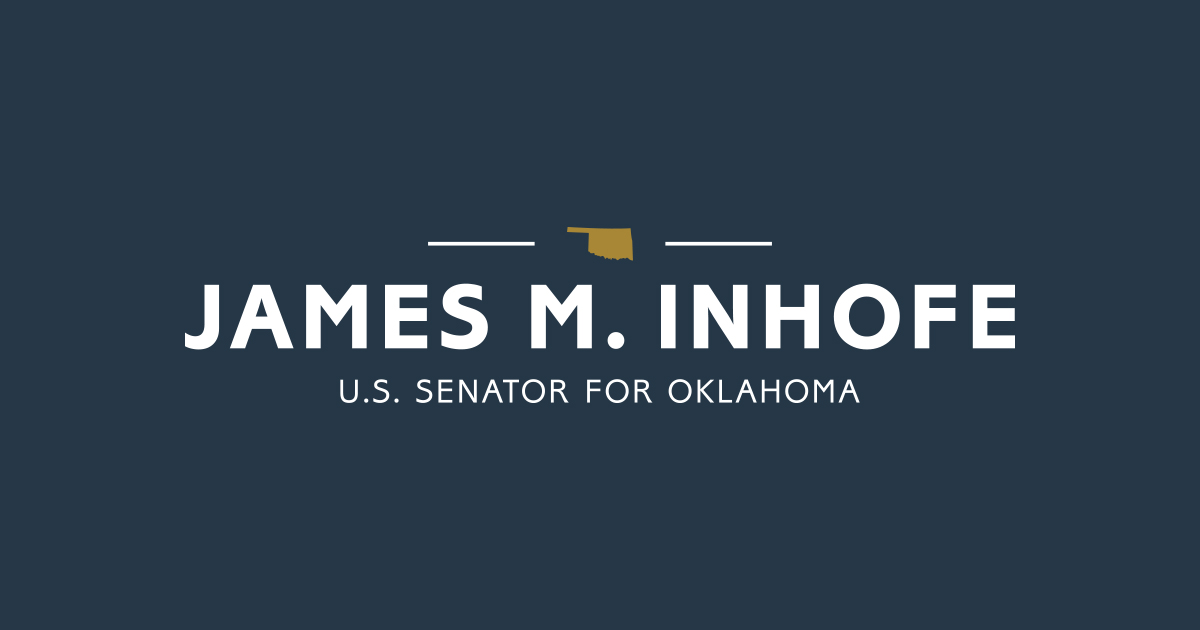Source: United States Senator for Oklahoma James Inhofe
U.S. Sen. Jim Inhofe (R-Okla.), ranking member of the Senate Armed Services Committee (SASC), today submitted the following remarks for the record at a SASC hearing on global security challenges and strategy. Heather Conley, president of the German Marshall Fund of the United States, and Roger Zakheim, director of the Ronald Reagan Presidential Foundation and Institute, testified.
As Submitted for the Record:
Thank you, Mr. Chairman. I appreciate your holding this hearing as we prepare to evaluate the 2022 National Defense Strategy, which will be a significant task.
As I’ve said at every hearing, our top national security officials continue to tell us that threats to U.S. interests continue to increase in scope and complexity.
I’ve long said this is the most dangerous time in my lifetime, in my own view. I really don’t think that’s overstating the point. Just in the past week, Putin has forced Americans to deeply consider the potential usage of nuclear weapons, something many of us haven’t thought about in 35 or 40 years, if ever.
Although we are united in our support for the Ukrainian people and their inspiring resistance, this war should never have occurred. President Biden’s decision to rely solely upon reactions to Putin instead of proactive leadership did not work. The moment the first new Russian soldier stepped foot on Ukrainian soil, that strategy failed.
Everywhere we turn, our adversaries are working overtime to advance their interests, almost always at the expense of ours, and of the interests of billions of people who have the simple desires prosperity and security for themselves and their children.
I don’t want to ignore the progress we’ve made in many areas, through successive administrations and Congresses. But the fact remains we have a lot of work to do.
This committee has used the last NDS, as well as its accompanying NDS Commission, as blueprints for its work. Now, neither of those documents were perfect, but they were a major improvement on our previous strategic documents.
The breakthrough of the last NDS was recognizing the true scope and scale of Chinese military modernization and Chinese Communist Party aggression. The strategy recognized that simply maintaining deterrence in the Western Pacific would require a significant increase in resources and a serious application of U.S. creativity.
The military threat of the PLA alone, not to mention the non-defense tools the Chinese use, would be enough to keep us busy. But we’ll have to look at how the 2022 NDS treats Russia, North Korean, Iran, and the generational threat of jihadi terrorism.
The 2018 NDS said we needed to be able to defeat China or Russia in a major war while maintaining deterrence elsewhere. I expect this strategy will have a similar force-sizing construct. It’s time to have an honest conversation about how we improve our resourcing and think smarter to get out of our strategy-resources mismatch.
So we need to spend this year focused on the near-term improvements necessary to maintain deterrence. That means a commitment to sustained real growth of three to five percent in the defense budget.
It means accelerating our pace of operational and acquisition innovation. It means taking a hard look at our foundational assumptions about nuclear deterrence.
Our adversaries won’t wait for us. I look forward to reviewing the 2022 NDS, and to working to take concrete steps toward improving America’s deterrent against the threats of today and tomorrow.
